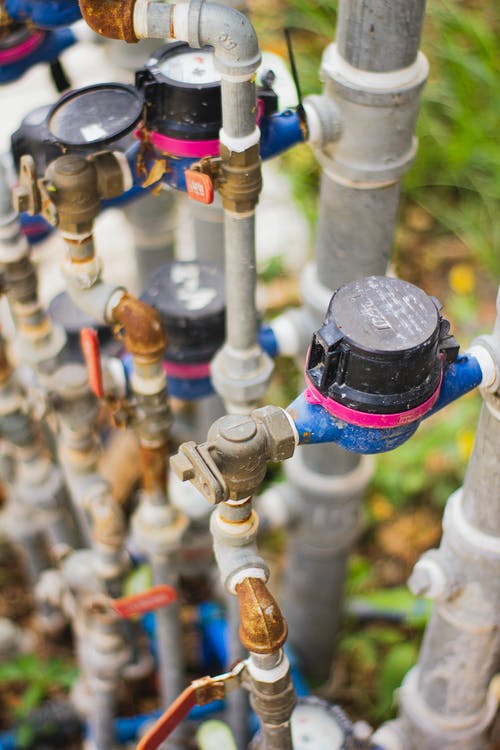Water-air valves, often unsung heroes in fluid dynamics, play a critical role in maintaining equilibrium, preventing damage, and enhancing the overall efficiency of water distribution systems. These valves are designed to manage the entry, release, or isolation of air within pipelines, ensuring the smooth flow of water and mitigating potential issues such as airlocks and cavitation. In this exploration, we delve into the multifaceted world of water-air valves, shedding light on their significance, types, and diverse applications.
Water air valves, as the name suggests, are specialized devices designed to control the presence of air within water distribution systems. They come in various types, each serving a specific function to optimize fluid dynamics. These valves are crucial components in ensuring the reliability and efficiency of water distribution networks, preventing disruptions caused by trapped air and maintaining the integrity of pipelines. Water air valves encompass various types, each tailored to address specific challenges within water distribution systems. The air release valve is a common type, strategically placed along pipelines to expel excess air. This helps prevent the formation of airlocks, which could impede the flow of water. Air vacuum valves perform the opposite function by allowing air to enter the system, preventing the creation of a vacuum that might damage pumps. Combination air valves integrate both release and vacuum functions, offering a comprehensive solution to air control in water systems.

Airlocks, a common issue in water distribution systems, occur when trapped air accumulates in high points of pipelines, obstructing the flow of water. Water air valves, particularly air release valves, play a crucial role in preventing airlocks by facilitating the release of trapped air. Properly placed and functioning air valves ensure that water can flow seamlessly, preventing disruptions and maintaining consistent water pressure throughout the distribution network.Cavitation poses a significant risk to water distribution systems, especially in areas where water velocity is high. Cavitation occurs when air or vapour bubbles collapse, leading to damage to pumps and other equipment. Water air valves contribute to mitigating the risk of cavitation by regulating air levels within the system. By preventing the formation of air pockets and maintaining optimal fluid flow, these valves safeguard against the detrimental effects of cavitation on equipment surfaces.

Efficiency is a key consideration in water distribution, and water-air valves play a pivotal role in ensuring the efficient flow of water. By preventing airlocks, regulating air entry, and maintaining proper pressure, these valves contribute to the seamless operation of pumps and other equipment. The result is an optimized water distribution system that delivers reliable and consistent water flow to consumers.Water pumps and associated equipment are vital components in water distribution systems. The presence of air, if not properly managed, can lead to increased wear and tear on pumps. Water air valves, through their ability to regulate air levels and prevent issues like cavitation, contribute to preserving the longevity of pumps and other equipment. This not only reduces maintenance costs but also ensures the continuous and reliable operation of water infrastructure.




